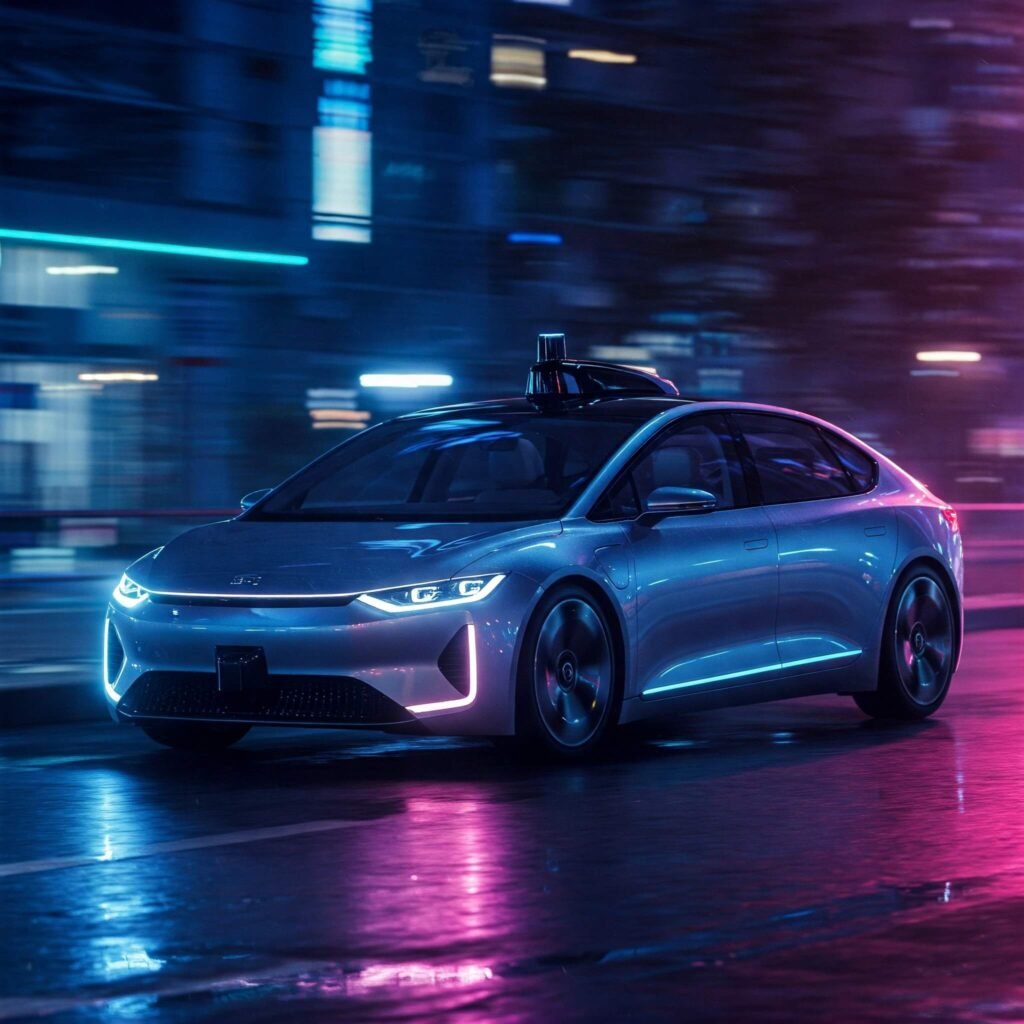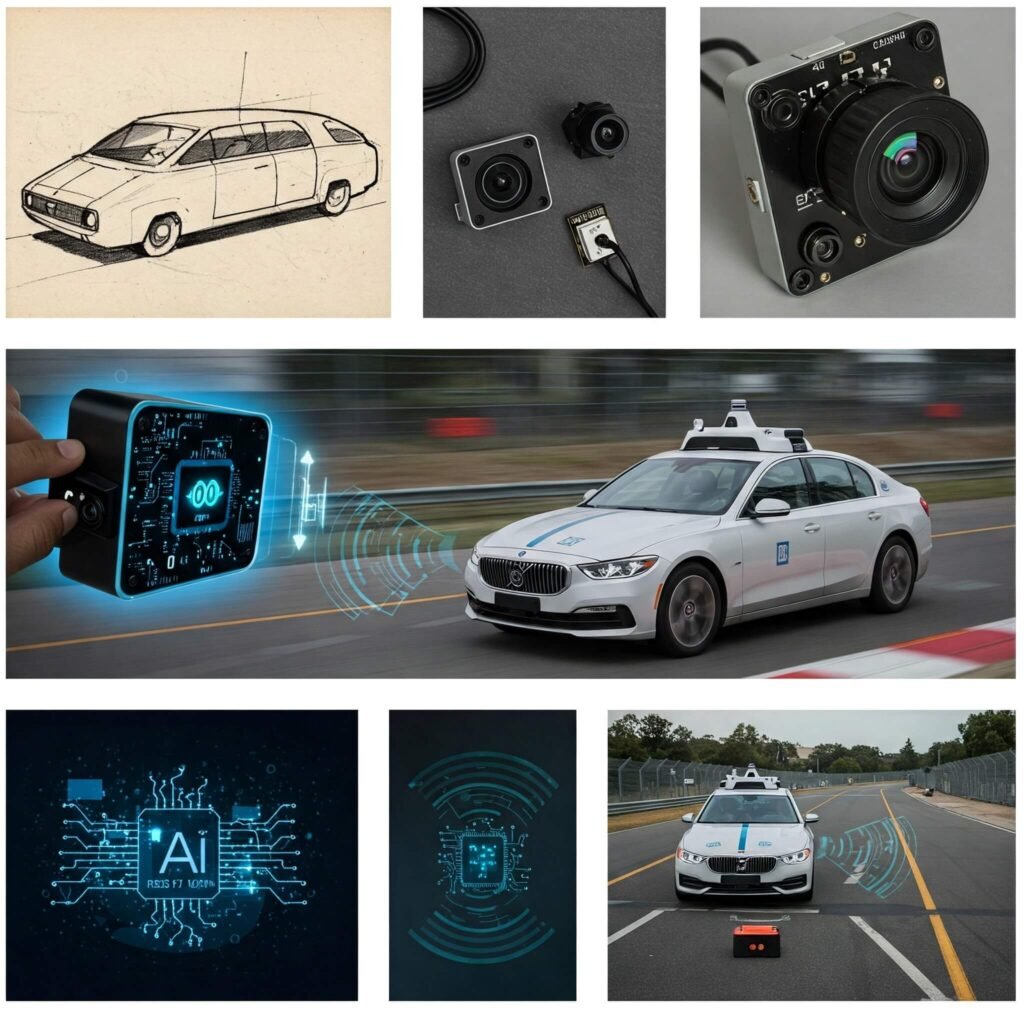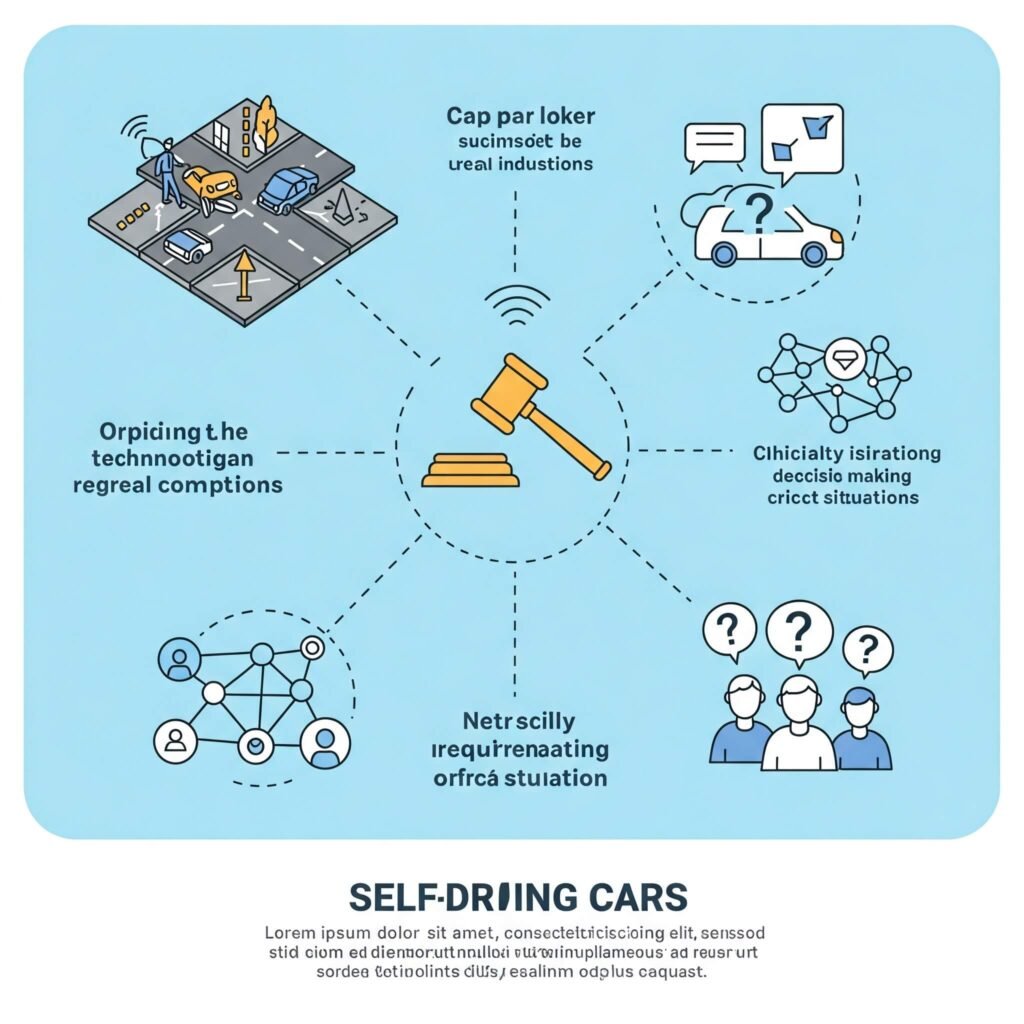For decades, the idea of self-driving cars has lived in the realm of science fiction. But today, it’s rapidly moving into reality. The promise of increased safety, reduced traffic congestion, and newfound mobility for many has fueled immense research and development in the autonomous vehicle (AV) industry. But the burning question remains: are we there yet? Let’s delve into the current state and the exciting future of self-driving cars.

The Road So Far: Milestones in Self-Driving Car Technology

The journey towards fully autonomous vehicles has been a gradual but significant one. We’ve seen incredible advancements in several key areas:
- Advanced Driver-Assistance Systems (ADAS): Features like adaptive cruise control, lane departure warning, and automatic emergency braking 1 are now commonplace in many vehicles. These ADAS technologies are the building blocks for true autonomy. 1. thesecretinsuranceagency.com thesecretinsuranceagency.com
- Sensor Fusion: Modern self-driving cars rely on a suite of sophisticated sensors, including:
- LiDAR (Light Detection and Ranging): Uses laser beams to create a 3D map of the surroundings.
- Radar: Detects objects and their speed, even in adverse weather conditions.
- Cameras: Provide detailed visual information about the environment.
- Ultrasonic Sensors: Useful for short-range detection, like parking.
- Artificial Intelligence (AI) and Machine Learning: Complex algorithms process the vast amounts of data from these sensors, enabling the vehicle to perceive, plan, and make decisions. Machine learning allows these systems to continuously improve their performance over time.
Companies like Waymo (an Alphabet company) and Cruise (backed by General Motors) are already operating robotaxi services in limited geofenced areas, offering a glimpse into the future of self-driving cars in urban mobility. Tesla’s Autopilot and Full Self-Driving (FSD) Beta programs, while requiring driver supervision, continue to push the boundaries of what consumer vehicles can achieve.
Navigating the Hurdles: Challenges Facing Full Autonomy

Despite the impressive progress, several significant challenges remain before fully autonomous vehicles become a widespread reality:
- Technological Limitations: While sensor technology and AI have advanced rapidly, achieving true “Level 5” autonomy – where the vehicle can handle all driving tasks in all conditions without human intervention – is still a complex undertaking. Handling unpredictable events, adverse weather, and complex traffic scenarios reliably remains a challenge.
- Regulatory Frameworks: Governments worldwide are still grappling with how to regulate self-driving cars. Establishing clear legal frameworks, safety standards, and liability rules is crucial for public trust and adoption.
- Ethical Dilemmas: Autonomous vehicles will inevitably face ethical dilemmas in accident scenarios. Programming how a car should react in unavoidable collision situations raises complex moral questions.
- Infrastructure Requirements: While not strictly necessary for basic operation, smart infrastructure, such as connected traffic lights and road sensors, could significantly enhance the safety and efficiency of self-driving cars.
- Public Perception and Trust: Overcoming public skepticism and building trust in the safety and reliability of self-driving technology is essential for widespread adoption.
The Road Ahead: What the Future Holds for Self-Driving Cars
Despite the challenges, the future of self-driving cars is brimming with potential. Here are some key trends and predictions:
- Gradual Adoption: We are likely to see a gradual increase in the capabilities of ADAS features, eventually leading to higher levels of autonomy in specific environments (e.g., highways, designated urban areas).
- Robotaxi and Delivery Services: Autonomous vehicles are poised to revolutionize transportation and logistics. Robotaxi services could offer affordable and convenient mobility in urban centers, while self-driving delivery vans and trucks could streamline supply chains.
- Enhanced Safety: Proponents argue that removing human error, a major cause of accidents, will lead to significantly safer roads.
- Increased Accessibility: Self-driving cars could provide newfound independence for the elderly, individuals with disabilities, and those who cannot drive.
- Transformation of Urban Spaces: With potentially fewer ব্যক্তিগত vehicles needed and optimized traffic flow, cities could be redesigned with more green spaces and pedestrian-friendly areas.
Actionable Takeaways:
- Stay Informed: Keep up with the latest developments in self-driving car technology and regulations. Reputable sources like the National Highway Traffic Safety Administration (NHTSA) https://www.nhtsa.gov/ and industry publications offer valuable insights.
- Understand the Levels of Automation: Familiarize yourself with the six levels of driving automation defined by SAE International https://www.sae.org/ to better understand the current capabilities and limitations of different vehicles.
- Engage in the Conversation: Participate in discussions about the ethical, social, and economic implications of self-driving cars. Your voice matters in shaping the future of this technology.
Conclusion: The Self-Driving Car Journey Continues
So, are we there yet with self-driving cars? The answer is a nuanced no. While significant progress has been made, and we are witnessing the early stages of autonomous vehicle deployment, widespread, fully autonomous driving in all conditions is still some years away. However, the momentum is undeniable. The future of self-driving cars promises a transformative impact on transportation and society, and the journey ahead is one filled with both challenges and immense possibilities.






































